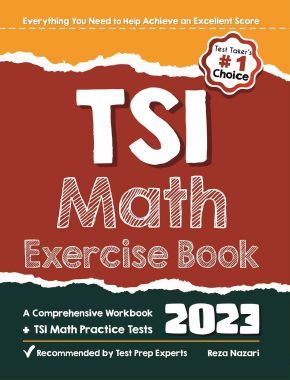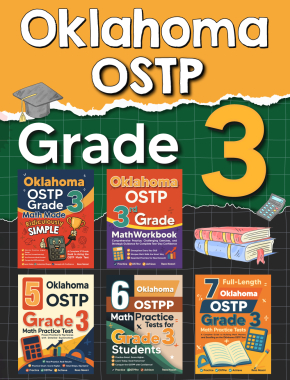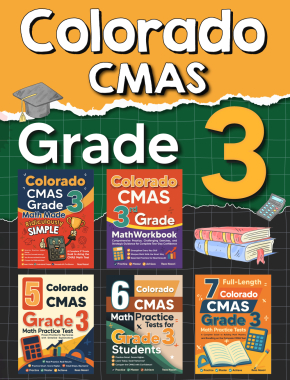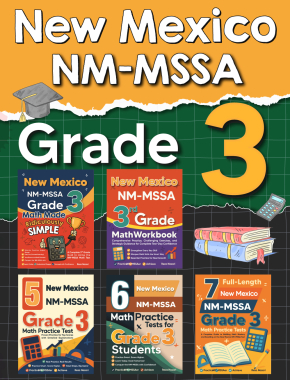Why Most Players Misuse Poker Calculators (and How to Get It Right)

Many gambling enthusiasts often perceive a poker calculator as a universal tool that can be used to calculate the odds of winning. They think of it as a magic gadget that will instantly show them their chances of winning. But in reality, its capabilities are much broader: it is a powerful analytical algorithm designed to deeply analyze your decisions, build ranges, and work on your game outside of the session.
If you only use a calculator during a hand, you are missing out on the opportunity to analyze your game at a whole new level, strengthening your strategy and developing your intuition. In this article, we will break down how to use a poker calculator correctly, what mistakes most users make, and which tools will really help you develop your playing skills.
What Is a Poker Calculator and How Does It Work?
First, let’s understand the essence of this tool and how it works. For additional educational resources,.
The Basics: Equity, Outs, and Probabilities
At a basic level, a poker calculator is a program that helps you determine the following potential outcomes within a game session: For additional educational resources,.
- Equity – the percentage chance of winning a particular hand against another hand or range;
- Outs: the number of cards that improve your hand;
- Probabilities: the chance of improving, winning, or splitting the pot in various situations.
These calculations can be done manually, but a calculator does it in a fraction of a second and much more accurately.
Different Types: Odds Calculators vs. Range Analyzers
There are two main types of calculators:
- Odds Calculators — focus on point-by-point hand comparisons, where you enter specific cards and the board to get an accurate percentage chance of winning.
- Range Analyzers — more advanced tools that work with ranges of hands, simulating real game scenarios.
Range calculators allow you to think not about your opponent’s specific hand, but about all the possible hands they could have played in a given situation.
Where Most Players Go Wrong with Poker Calculators
Let’s move on to analyzing the mistakes that users often make when working with poker calculators.
Over-Reliance During Live Play
One of the most common mistakes is trying to use a calculator at low limits in real play, where the user has no access to their opponent’s cards and no understanding of their range. In this case, the calculator will not tell you the best bet to make, but will only show you the equity. Instead, you should memorize the structure and act confidently, knowing the basics.
Misinterpreting the Numbers Without Context
Without context, equity percentages mean nothing. Many users make decisions based on nice-looking numbers without understanding what they mean. This leads to systematic mistakes, such as calling in situations where it would be better to push or fold.
Ignoring Range-Based Thinking
The third mistake is ignoring ranges. That’s why it’s better to choose poker calculators that allow you to model your opponent’s expected range, evaluate how it interacts with yours, and track how your equity changes as the board opens up.
If you don’t use these features, you may miss out on important information.
How to Use a Poker Calculator to Actually Improve Your Game
Here are some practices and approaches that will help you achieve more consistent winnings.
Reviewing Hand Histories with Real Data
The true power of calculators is revealed in the analysis of hands played within different hand ranges. To do this, you need to load the hand history into the calculator, set your opponent’s estimated range, and see how strong your hand is against that range. Assess how profitable a bet is on the flop or turn to understand which hands in your range are worth betting and which are worth checking.
The ability to work with hand history review teaches you to think strategically, see connections, and make more accurate decisions in the future.
Finding Leaks in Your Ranges and Bet Sizing
By working with ranges, you can identify excessive frequencies with which you overbet, wide or too narrow opening ranges, and incorrectly adjusted play lines. Calculators also allow you to test hypotheses and work with your C-bet balance to understand what percentage of hands you bet on the flop, which hands are best for bluffing, and which are best for expected value.
Simulating Scenarios to Build Intuition
Work not only with specific hands, but also with hypothetical scenarios. Such simulations develop intuition and help you get a better feel for which decisions bring long-term profits. This is a skill that cannot be acquired through videos or a coach, but only through practice.
Best Poker Calculators for Study (Not Just Live Play)
Use our selection of services and ready-made solutions to better understand how a poker calculator works and how to use it in your game.
Tools That Work Well for Post-Game Analysis
The best calculators for analyzing hands include the following services:
- Equilab – easy to learn, allows you to work with ranges, fast and free;
- Flopzilla – advanced board and range interaction analyzer;
- PokerStove – classic, suitable for basic calculations;
- GTO+ – suitable for studying GTO (optimal game theory), works with decision trees and equilibrium simulation.
Each tool has its strengths, but it is important to use them regularly.
Which Calculators Offer the Best Range Visualization
If visualization is important to you, check out calculators such as:
- Flopzilla – allows you to see which hands are in the top range on the flop/turn;
- Combonator – shows how many combinations each hand/group of hands has;
- PioViewer – visualizes decision trees by streets.
Graphical display helps identify patterns and recurring mistakes so you can adjust your approach.
Free vs. Paid Options: What You Actually Need
Among the free calculators, Equilab, PokerStove, and Simple Preflop stand out. They will be enough if you play at small limits. More advanced functionality is offered by the paid tools Flopzilla Pro, GTO+, and PioSolver. They are suitable for those who are ready to invest in training and plan to build balanced strategies.
Final Thoughts: Use Poker Calculators Like a Pro
Professionals do not treat poker calculators as a ready-made solution that helps them make the right choice in a difficult situation. It is a working tool aimed at developing critical thinking to improve game results and stabilize winnings.
Use it after a session to review and analyze your play, build ranges and assess your balance, as well as to simulate scenarios and develop your intuition.
Don’t resort to it during the game as a guarantee of the right decision. Remember that a poker calculator will not improve your performance, but will only increase your dependence on external cues. Professionals don’t look for the right answer — they learn to think in the right direction. And a poker calculator can be a great help on this journey if used wisely.
Frequently Asked Questions
How do you add and subtract mixed fractions?
Adding and subtracting mixed fractions involve a few clear steps. First, ensure that the fractions have a common denominator, just as you would when dealing with simple fractions. Once they share the same denominator, add or subtract the whole numbers and the fractional parts separately. For instance, if you’re calculating odds in poker using a poker calculator, understanding these fundamentals helps in accurately assessing your game strategy. Finally, simplify the fraction if necessary. This method provides a systematic approach, similar to formulating a winning strategy in poker by analyzing various outcomes and probabilities. If you need more detailed steps or examples, learning how to add and subtract fractions can further refine your understanding.
What is a growing pattern?
A growing pattern in mathematics refers to a sequence where each term increases according to a specific rule or formula. It’s similar to understanding how the odds in a poker hand might change as new cards are revealed. In math education, identifying and predicting growing patterns helps students develop their reasoning and problem-solving skills. For example, in a simple numeric pattern like 2, 4, 6, 8, the pattern grows by adding 2 each time. Recognizing these patterns encourages logical thinking, much like strategizing in poker by anticipating potential outcomes based on current hands. To explore more about patterns and sequences in math, you might find resources on EffortlessMath.com helpful.
What is the rule for a growing pattern?
A growing pattern in mathematics refers to a sequence where numbers increase according to a specific rule, which can be a constant addition (arithmetic sequence), constant multiplication (geometric sequence), or any other systematic change. Understanding these patterns is essential, akin to using a poker calculator effectively; both require recognizing underlying structures and predicting future outcomes based on given rules. For example, in an arithmetic sequence, if each number increases by 2, then from a starting number of 5, the pattern will be 5, 7, 9, 11, and so on. To help your child master the concept of patterns and sequences, exploring resources on arithmetic sequences and geometric sequences could be very beneficial.
Related to This Article
More math articles
- 4th Grade Mathematics Worksheets: FREE & Printable
- How to Estimate Angle Measurements
- FREE 3rd Grade Georgia Milestones Assessment System Math Practice Test
- How to Unlock the Secrets of Algebra 1: Mastering the Basics with the ‘Grade 9 Algebra 1 for Beginners’ Comprehensive Solution Guide
- Reversing Derivatives Made Easy: Power Rule of Integration
- Money and Decimals Relation: A Step-by-Step Guide
- TASC Math Formulas
- 5th Grade PACE Math Worksheets: FREE & Printable
- 10 Most Common 5th Grade MEAP Math Questions
- How to Understand Decimals Conveyed in Words





































What people say about "Why Most Players Misuse Poker Calculators (and How to Get It Right) - Effortless Math: We Help Students Learn to LOVE Mathematics"?
No one replied yet.